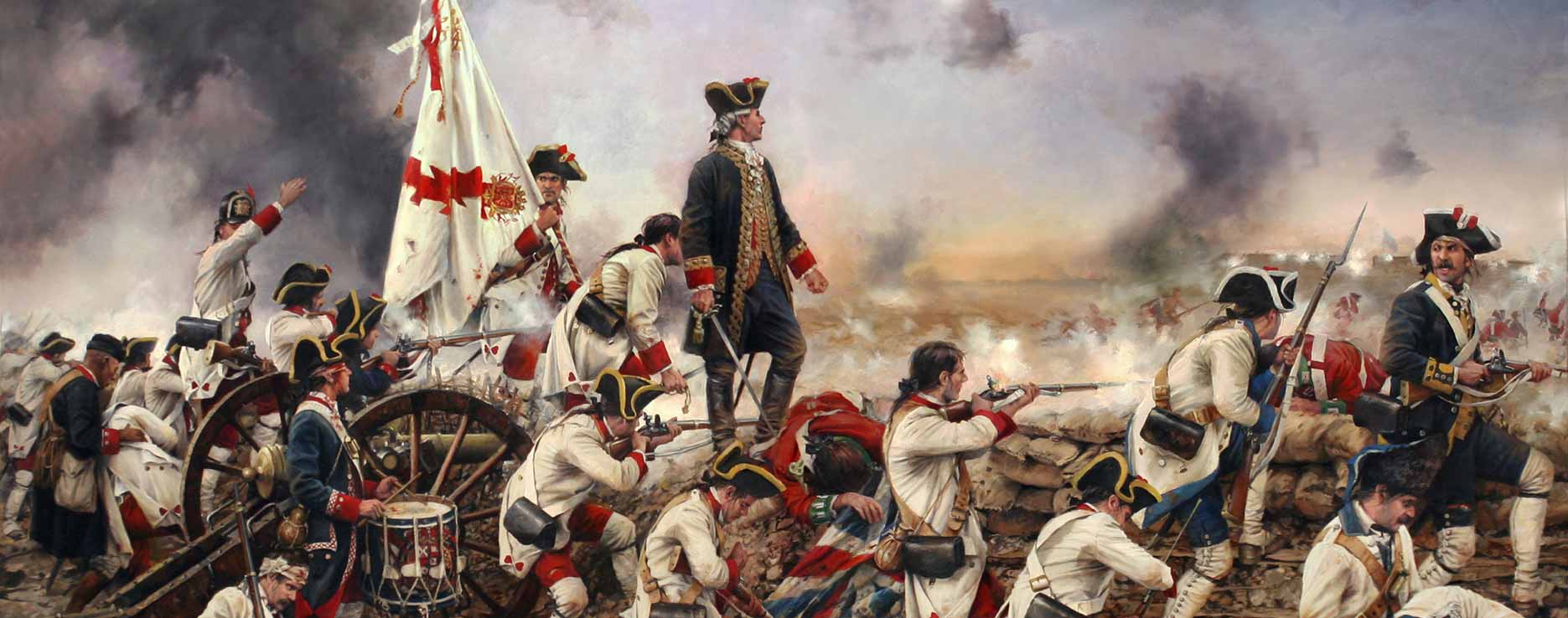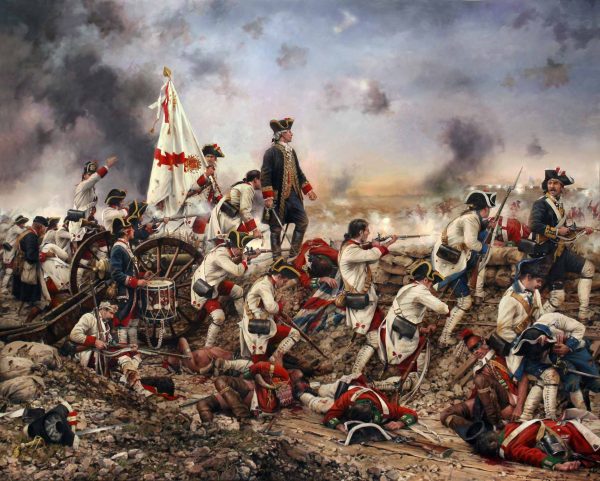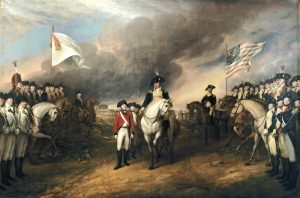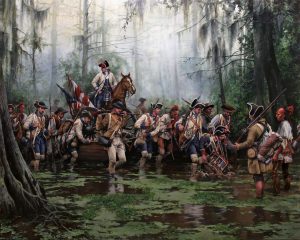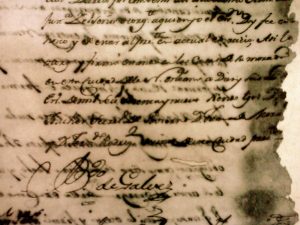Source:GEHM
From what was left of the walls of the newly conquered fortification, cannonading began on the adjoining fort located at a lower altitude.
Although there was great resistance it was futile, John Campbell raised the white flag seeing that they had no chance, as the Spaniards had the superior position the forts would fall in a staggered manner, one by one. The next day Pensacola capitulated, surrendering all of West Florida.
The conquest quickly became known throughout the Spanish empire, bells tolled in New Orleans, Havana, Mexico, Madrid, and of course in the rebel colonies, which were finally able to fight without fear of being attacked on two fronts. The capture of Pensacola was decisive for future victories such as Yorktown and finally the capitulation of the British in the colonies. England, which also lost the Bahamas, was left with only the island of Jamaica in the Gulf of Mexico, but they soon began to fear for it too, as Don Bernardo quickly organized an operation to take it.
But the disaster of Admiral De Grasse’s French squadron not only stalled the invasion but also greatly weakened a France already suffering from war fatigue that would lead to the subsequent revolution: England managed to save itself literally by the bell. The Allies were only one round away from knocking out a rival that had already been knocked to the canvas several times. At the Treaty of Versailles in 1783, British diplomats recognized US independence but proved far more skilful than their military and managed to regain the Bahamas in exchange for the return to Spanish rule of the two Floridas.
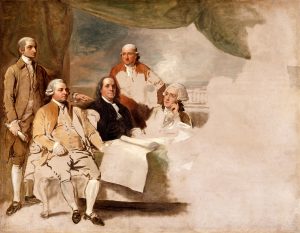
Signing of the Treaty of Versailles in 1783 – The right-hand side is blank because the British delegation did not wish to appear.
For his part, Bernardo achieved the rank of lieutenant general and the titles of Viscount of Gálvezton and Count of Gálvez. After a brief stay in Spain, he was appointed governor of Cuba, but ended up in 1785 as Viceroy of New Spain, replacing his recently deceased father. There he achieved such popularity that the court would end up reprimanding him, an ungrateful gesture that plunged a man of pure energy into a deep depression and would finally lead him to his grave with a nervous gastric ulcer on 30 November 1786 at the premature age of 40.
Bernardo de Galvez managed with his tenacity not to lose the initiative in his confrontation with the British, demonstrating that the best defense is a good attack, something his detractors never understood. He made his merits prevail over his origins, which had even been detrimental to him. It was clear to him that “it is not in man’s power to oppose the climate. The only possible recourse is to think how to remedy the misfortune”, and he did so time and again to deal terrible blows to the English empire.
Meanwhile, its contentious colonies grew stronger by the day, feeding on what came down the Mississippi thanks to an indomitable Gálvez and the generosity of the Spanish empire of Charles III, to which the United States has still not returned all that its territories contributed, nor sufficiently recognised the decisive role it played in its birth simply because, unlike France, it could not be its official ally. As for Spain, ungrateful then and now, it is in the habit of ignoring its heroes. No matter, as it appears on its coat of arms and as it did on so many occasions, Bernardo de Gálvez aboard his Galveztown would once again say “I alone”.
Share this article
On This Day
- 1572 Andrés Díaz Venero de Leyva founded the town of Guaduas (Colombia).
- 1578 Brunei becomes a vassal state of Spain.
- 1672 Spanish comic actor Cosme Pérez ("Juan Rana") dies.
- 1693 Painter Claudio Coello dies.
- 1702 The Marquis de la Ensenada was born.
- 1741 Spanish troops break the siege of castle San Felipe in Cartagena de Indias (Colombia).
- 1844 The Royal Order of Access to Historical Archives was promulgated.
- 1898 President Mckinley signed the Joint Resolution, an ultimatum to Spain, which would lead to the Spanish–American War.
History of Spain
26 August 2020
27 January 2021
Communism: Now and Then
23 December 2022
28 July 2021
